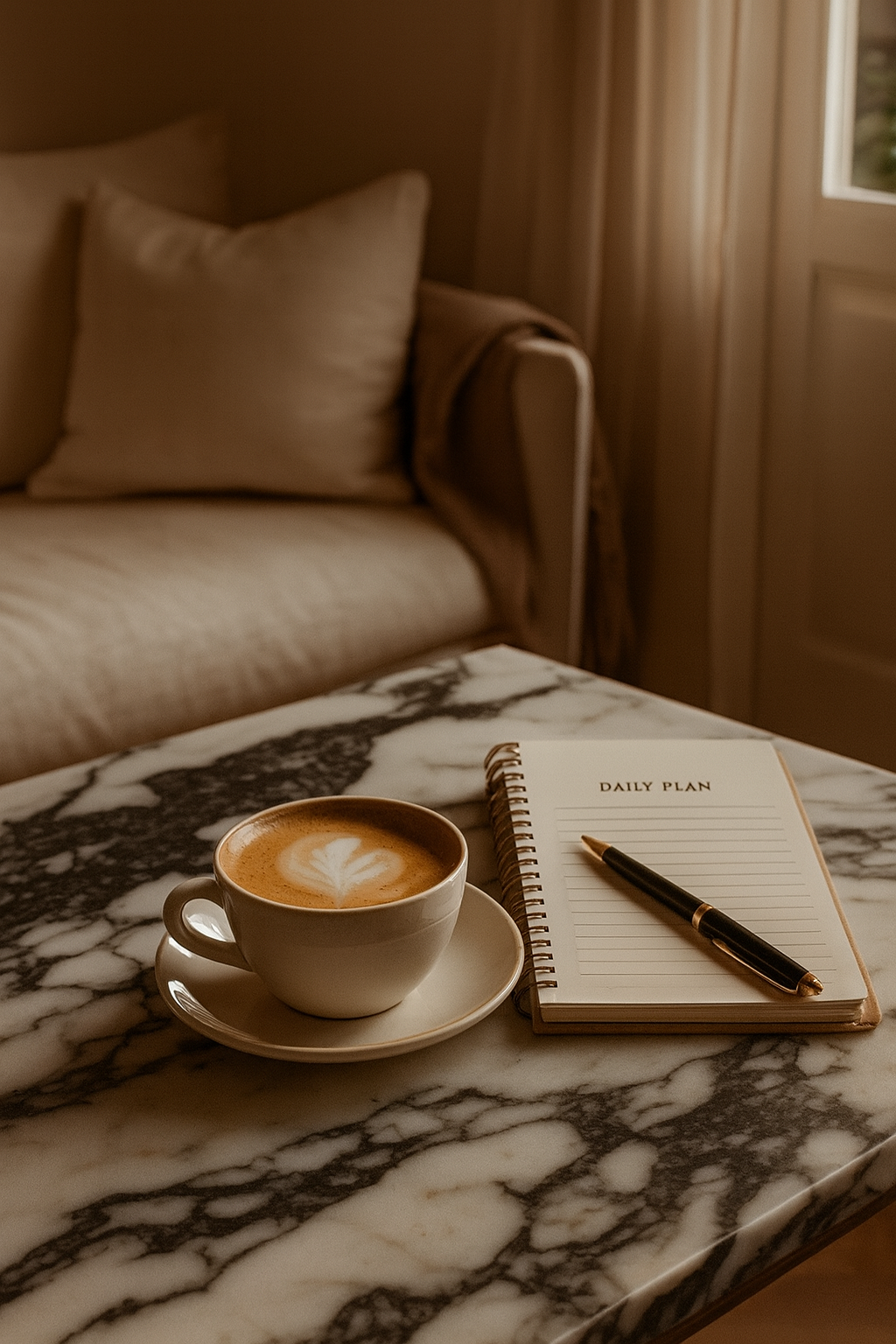October is the month when conversations about mental health take centre stage. From World Mental Health Day to the quiet reminders in our social feeds, we’re encouraged to check in with ourselves and others. But there’s one piece that’s often missing from the dialogue: our homes.
We talk about therapy, journaling, mindfulness apps, and exercise—but rarely about the four walls we spend most of our lives in. Yet research in environmental psychology shows that our surroundings influence everything from mood regulation to stress levels. Your home isn’t just a backdrop; it’s a daily participant in your mental health.
The Overlooked Connection Between Home and Mindset
Think about the last time you walked into a messy, cluttered room. Did your shoulders tense? Did your brain start to spin with “shoulds” and “to-dos”? Now, compare that with how you feel when you wake up to sunlight streaming through clean windows, or when you settle into a corner that feels intentionally yours.
Your home can:
- Increase anxiety when clutter and chaos dominate.
- Drain energy if the colours, lighting, or layout work against your natural rhythm.
- Nurture calm when spaces feel considered, supportive, and aligned with who you are.
We absorb these cues subconsciously every single day. Over time, they either reinforce stress—or help us find balance.
Practical Ways to Make Your Home Support Your Mental Health
The good news? You don’t need to renovate your entire space to feel the benefits. Small shifts can have a huge impact on your emotional wellbeing:
- Declutter one hotspot at a time. Instead of “fixing the whole house,” start with the corner you see most (your bedside table, your entryway). Creating micro-pockets of calm helps your brain exhale.
- Harness the power of light. Natural light improves mood and circadian rhythm. If you’re heading into darker autumn days, consider mirrors, candles, or warm-toned lamps to counteract the gloom.
- Introduce grounding textures. Think soft throws, natural wood, or tactile ceramics. Touch is a powerful nervous-system regulator.
- Designate an anchor space. A chair, a desk, or even a shelf styled intentionally—somewhere your brain associates with grounding rituals like journaling, reading, or tea breaks.
- Reframe colour. Blues and greens encourage calm; warm tones spark energy. Ask yourself: does each room match the emotional state you want to cultivate there?
Why This Matters in October
Autumn can be both cosy and confronting. The shift indoors means your home becomes your primary environment again. If that environment feels heavy or chaotic, it amplifies stress. If it feels warm and intentional, it acts as a buffer against seasonal dips in mood.
That’s why awareness shouldn’t stop at the mind—it should extend to the space you spend it in.
The Bigger Picture
Mental health isn’t just about what we do internally. It’s about the systems, routines, and environments we place ourselves in. By seeing your home as part of your support system, you give yourself one more tool in your wellbeing toolkit—one that works quietly in the background, reinforcing the life and energy you want.
Final Word
This October, alongside checking in with your mind, check in with your space. Ask yourself: Does my home work for me—or against me?
The answer might just be the missing link you’ve been searching for.


